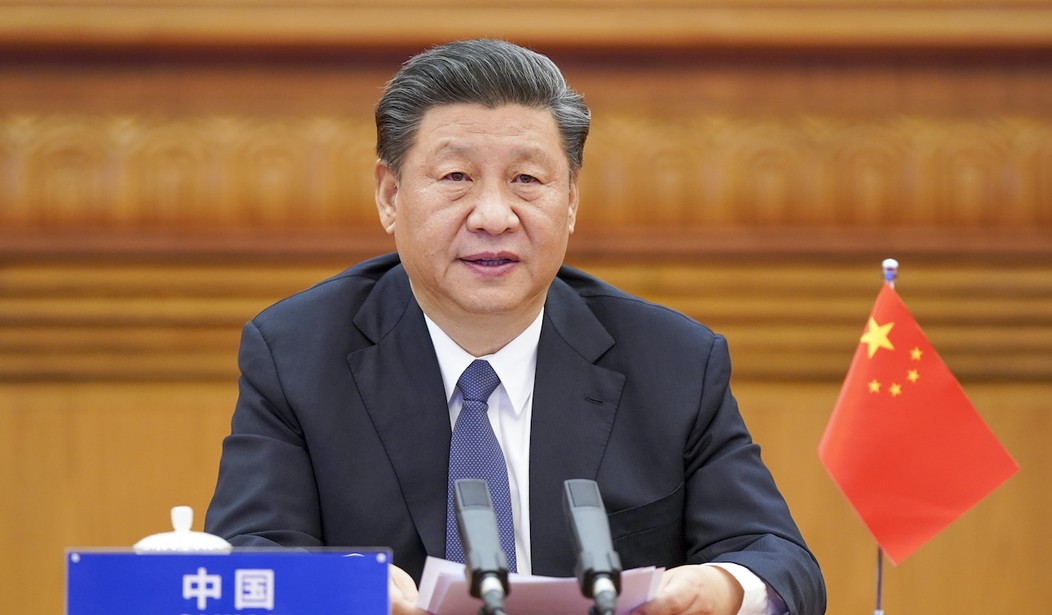This week's Quadrilateral Security Dialogue foreign ministers meeting in Tokyo signals that so-called Quad has arrived as a global diplomatic combination. The Quad is already an Indo-Pacific military power.
For Beijing, the Quad's formation and solidification is a nightmare -- and China's communist government has only itself to blame.
In 2007, the Quad, at the behest of Japan, held its first informal meeting. At that meeting, Japan said all four nations regarded China as a disruptive actor in the Indian and Pacific Oceans. This common concern should spur close cooperation to confront it.
For several reasons, India downplayed the initial meeting. Many Indians valued their nation's Cold War-era "non-alignment" policy. Tight military cooperation with the U.S. might betray that legacy. Australia, the U.S. and Japan have long-term bilateral and trilateral defense relationships. Indian and Australian military contacts are close, but India prized strategic autonomy and was suspicious of mutual defense commitments.
Moreover, in 2007, India carefully avoided the appearance of actively countering China. Economic cooperation with Beijing had potential benefits. Plus, New Delhi and Beijing were trying to peacefully resolve their border disputes in the Himalayas.
What a difference 13 years make, especially a baker's dozen scarred by Chinese imperialist territorial expansion, intellectual theft, military buildup and lawless behavior. China's fake South China Sea islands bristle with weapons and violate the Philippines' and Vietnam's maritime zones. Beijing recently announced its new hypersonic missiles can smash Guam, a sovereign American territory. Human rights organizations accuse Beijing of genocide against Turkic Uighurs and ethnic Tibetans.
Recommended
That border settlement in the Himalayas? Today, Indian and Chinese military forces clash in the mountains as China builds a transportation network capable of supporting a sustained ground offensive driving south into the subcontinent.
In the last 13 years, it looks as if India's leaders have learned that China's dictators interpret avoiding the appearance of opposing them as recognition of their power and a form of appeasement.
But the U.S. had a learning curve. American optimism regarding China's future has turned to pushback pessimism. The militarization of the South China Sea and the demonization of the U.S. by Chinese military leaders soured the U.S.-China relationship. The last straw: Beijing's deceit allowed COVID-19/the Wuhan virus to become a global pandemic.
Which takes us back to this week's Tokyo conference, with Secretary of State Mike Pompeo representing the U.S.
In his in initial remarks, Pompeo said the Quad's democracies have chosen to cooperate. Then he bluntly rebuked the Chinese Communist Party for covering up the epidemic's outbreak. "The regime's authoritarian nature led its leaders to lock up and silence the very brave Chinese citizens who were raising the alarm. ... As partners in this Quad, it is more critical now than ever that we collaborate to protect our people and partners from the CCP's exploitation, corruption and coercion. We've seen it in the south, in the East China Sea, the Mekong, the Himalayas, the Taiwan Straits."
Today, Indian military forces routinely participate in Quad military exercises in the Indian Ocean and the Pacific. Indian naval forces enter in the South China Sea. Indian ships have exercised with Japanese air and naval forces in the East China Sea between Japan's home islands and Okinawa. Much to the chagrin of Chinese admirals, Indian, U.S., Japanese and Australian forces conduct coalition exercises in the Indian Ocean.
In December 2018, then-U.S. Secretary of Defense Jim Mattis told Indian media that the U.S. and India had "overcome hesitations of history" and made it "clear there is no contradiction between strategic autonomy and strategic partnership."
India knows it confronts a powerful, hostile China that seeks domination. One against one, India is at a disadvantage. But as a combination, the Quad can penalize Chinese economic and criminal mischief, and punish Chinese military adventurism.






















Join the conversation as a VIP Member